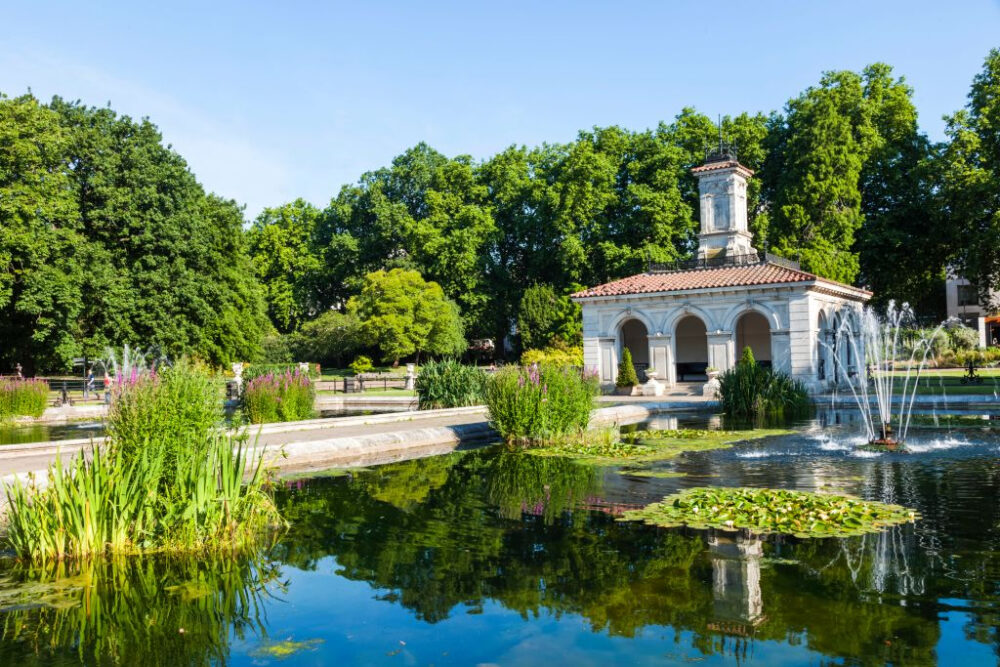Two hundred and fifty years ago, Bayswater was little more than a hamlet. Today, this central London neighbourhood is on the rise, with significant investment, a raft of regeneration and competitive prime prices piquing interest from buyers. So how did it all go so right?
First developed in the early 19th century, Bayswater rapidly became one of the most fashionable parts of London. White-stucco Regency mansions and generous villas sprang up around garden squares. Inhabited by the culturati – former residents include the novelists Thomas Hardy and JM Barrie – Bayswater became a name to conjure with. Its first Underground station opened in 1868, followed by Queensway in 1900. Eleven years later, it gained a grand department store in Whiteley’s. Embassies moved in. W2 was a golden postcode.
In the post-war period, the elegance faded – until, in 1997, the actor-turned-designer Anouska Hempel opened the minimalist Hempel Hotel, and the cognoscenti began to look again. Like Marylebone, Bayswater shook off the dust, and in 2022 a consortium began a £3 billion makeover, featuring landmark developments and a new entrance to Hyde Park.
Now Bayswater is an emerging destination in its own right, thanks not just to these developments, but also public-realm improvements, significant greening and a new retail strategy. “It represents good value compared to its Hyde Park neighbours, too,” says Sophie Tonge, Savills residential research analyst.











